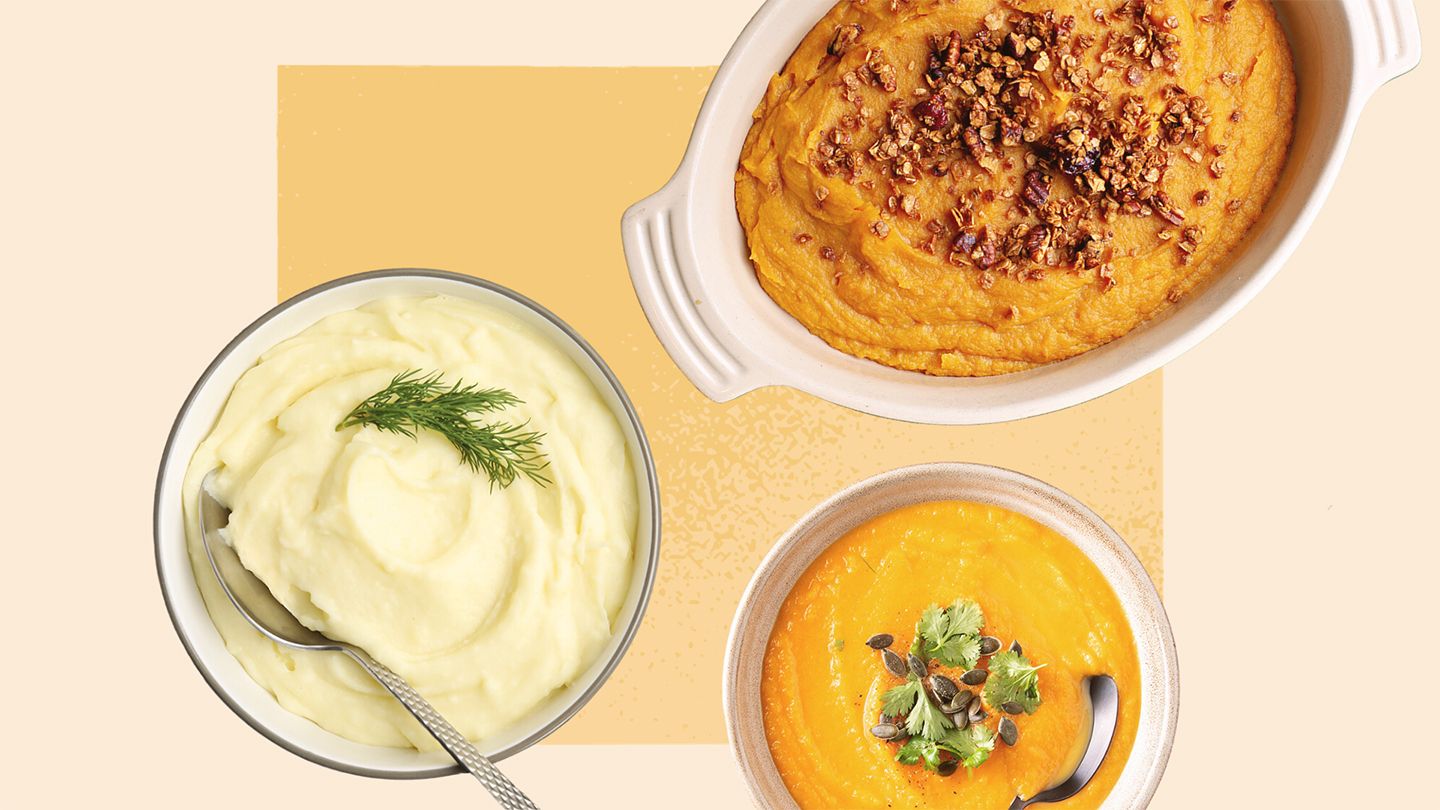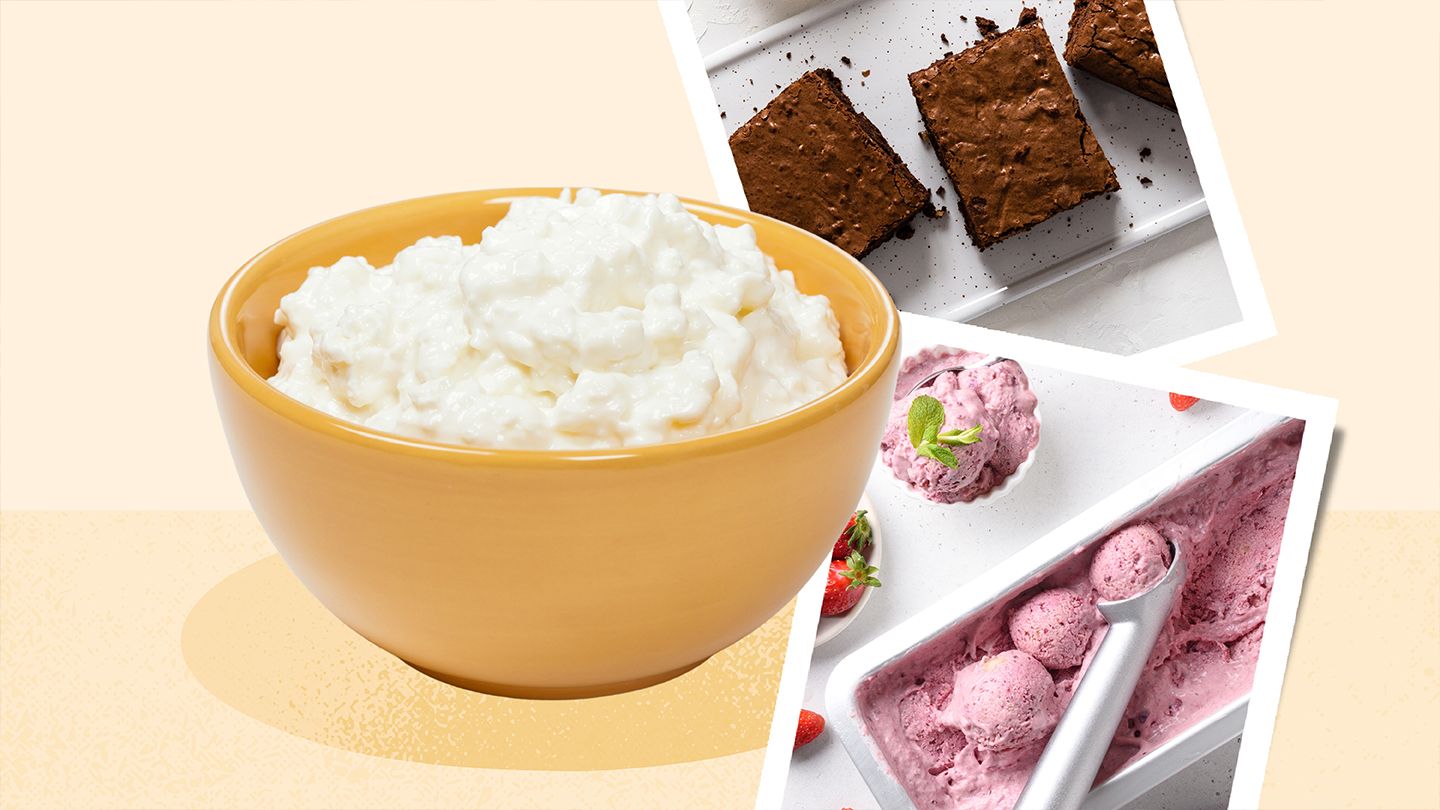Is Cream Cheese Keto-Friendly?
The keto diet has become one of the most popular diets for weight loss and overall health. This very low-carb, high-fat diet puts your body into a metabolic state called ketosis, where it burns fat for fuel instead of carbs. To get into ketosis, carb intake is typically reduced to under 50 grams per day. This means many high-carb foods are restricted on keto - including sugars, grains, legumes, root vegetables and most fruits.
When it comes to dairy products, most are allowed on the keto diet, including butter, heavy cream and a variety of cheeses. But what about cream cheese? Is this dairy product keto-approved?
The answer is yes - cream cheese can definitely be included in a ketogenic diet. Here's a look at its carb count, nutrition profile and some tips for how to incorporate it.
Carb Count of Cream Cheese
One of the most important factors in determining if a food is keto-friendly is looking at the carbohydrate content. Foods that are higher in carbs can quickly take you out of ketosis.
Cream cheese is very low in carbs, containing just 1-3 grams of carbs per ounce (28 grams).
This means you can easily fit it into a keto diet plan that limits carbs to 20-50 grams per day.
Nutrition Profile of Cream Cheese
Cream cheese is not only low in carbs, but its also packed with nutrition.
Just one ounce (28 grams) contains:
- Calories: 101
- Fat: 10 grams
- Protein: 2 grams
- Calcium: 14% of the Daily Value (DV)
- Vitamin A: 6% of the DV
- Riboflavin: 11% of the DV
- Phosphorus: 5% of the DV
- Selenium: 7% of the DV
It also contains smaller amounts of zinc, vitamin B12 and pantothenic acid.
Cream cheese is high in fat, specifically saturated fat. In fact, about 65 percent of its calories come from fat, which makes it perfect for bumping up your fat intake on keto.
Its also a good source of protein to help you meet your daily needs on a ketogenic diet.
Buying Cream Cheese for Keto
When buying cream cheese for the keto diet, its best to stick with varieties that have minimal ingredients and additives.
Plain, full-fat cream cheese contains just a few ingredients:
- Cream
- Milk
- Enzymes
- Salt
On the other hand, flavored cream cheese or cream cheese spreads often have added sugars and high-carb ingredients like fruits, flavorings or cornstarch.
Be sure to check the ingredient label and nutrition facts carefully. Pick products with no added sugars in the ingredients.
How to Add It to Your Diet
There are endless ways to enjoy cream cheese in a low-carb diet.
Here are just a few ideas to help boost your fat intake:
- Spread it on low-carb bagels, muffins or bread.
- Stuff mushrooms with cream cheese and chopped veggies.
- Mix with herbs and roll into balls for an easy appetizer.
- Blend with canned tuna or salmon to make a dip.
- Dollop a few spoonfuls on top of meatballs.
- Add to chia pudding or smoothies.
- Sweeten with stevia and eat as a quick dessert.
Cream cheese also works well in many keto-friendly recipes, such as:
- Cheesecake
- Pancakes or waffles
- Broccoli cheddar soup
- Chicken alfredo
- Lasagna
- Jalapeo poppers
- Frosting or fat bombs
Types of Cream Cheese for Keto
There are several different types of cream cheese that can fit into a keto diet. Here are some of the most common varieties:
1. Regular
Regular cream cheese is soft, creamy and mild in flavor. It's perfect for spreading, dips, frostings, fillings and more.
2. Neufchtel
Neufchtel, which originated in France, has a creamier, more spreadable texture than regular cream cheese. It also contains slightly fewer calories and less fat.
3. Low-Fat
Low-fat cream cheese has around half the fat and calories as regular cream cheese. Keep in mind that full-fat dairy is encouraged on the keto diet.
4. Whipped
Whipped cream cheese has air beaten into it, giving it a light, fluffy texture. Look for varieties without added sugar.
5. Goat Cheese
Goat cheese, or chvre, is a good high-fat dairy option for keto. It's lower in carbs than cow's milk cream cheese.
6. Mascarpone
Mascarpone is an Italian cream cheese that is thick, rich and spreadable. It contains about half the carbs of regular cream cheese.
7. Ricotta
Ricotta is a fresh Italian cheese that has a grainy texture and mild flavor. Be sure to drain excess whey to cut carbs.
8. Cottage Cheese
Small-curd cottage cheese is a bit higher in carbs but can be worked into a keto diet in moderation. Drain first to remove some of the liquid.
9. Cream Cheese Spreads
Flavored cream cheese spreads like chive & onion or garlic & herb can add flavor to recipes. Avoid sugary jams or fruits.
Potential Downsides of Cream Cheese on Keto
While cream cheese can be included in a balanced keto diet, there are some potential downsides to consider:
1. High in Calories
Cream cheese is very high in calories and fat. Just a 1-ounce serving packs over 100 calories and 10 grams of fat.
If you eat too much on a regular basis, it could make it difficult to maintain a calorie deficit and lose weight.
2. Contains Lactose
Cream cheese contains small amounts of lactose, a type of sugar found in milk products. People with lactose intolerance may need to limit intake.
3. Increased Cholesterol
Some studies show that diets high in saturated fat and cholesterol may increase LDL cholesterol, a risk factor for heart disease. If you have high cholesterol levels, you may want to moderate your intake.
4. Can Trigger Allergies
Cream cheese contains milk, which is one of the most common food allergens. Those with a milk allergy cannot tolerate cream cheese.
Healthier Cream Cheese Substitutes
If you're looking to make cream cheese healthier, there are several modifications and alternatives worth considering:
1. Low-Fat Cream Cheese
Going for a low-fat version can slash the amount of fat and calories in half.
2. Part-Skim Ricotta
Part-skim ricotta contains fewer calories and less fat than cream cheese but provides a similar flavor and texture.
3. Cottage Cheese
Swapping in small-curd cottage cheese is an easy way to pump up the protein and calcium.
4. Greek Yogurt
Greek yogurt is higher in protein than cream cheese and contains probiotics for better gut health.
5. Mashed Avocado
For a vegan and dairy-free substitute, mashed avocado can mimic the smooth, rich texture of cream cheese.
6. Cashew Cream Cheese
Blending soaked cashews with water, lemon juice and seasoning makes for a delicious vegan and Paleo-friendly cream cheese.
Is Powdered Cream Cheese Keto-Friendly?
Powdered cream cheese is a product that can be reconstituted with water to form a cream cheese substitute. It's shelf-stable and portable, making it popular among keto dieters.
To make powdered cream cheese, real cream cheese is dehydrated to remove the moisture. Unfortunately, this processing method causes it to lose some of its original flavor and texture.
Each brand of powdered cream cheese contains slightly different ingredients and nutrition stats. However, most are low in carbs and can fit into a keto meal plan.
For example, Anthony's Cream Cheese Powder contains just 1 gram of carbs and 110 calories per ounce (28 grams) when prepared with water.
Keep in mind that it wont perfectly mimic the taste or texture of regular cream cheese. It can be used as a substitute in recipes, but expect some differences in the final results.
Additionally, powdered cream cheese is more expensive than regular cream cheese. Make sure to compare prices to determine if it's worth the extra cost for your needs.
How To Make Your Own Cream Cheese
Interested in making your own homemade cream cheese? With just two ingredients, it's easy to make a fresh, unprocessed version at home.
There are several methods for how to make cream cheese, but the fastest and easiest starts with high-fat dairy:
Ingredients
- 2 cups heavy whipping cream
- 2 tablespoons plain yogurt with live cultures
Instructions
- Pour heavy cream into a glass jar or bowl. Stir in yogurt.
- Cover jar with cheesecloth or lid and let sit at room temperature for 12-24 hours.
- Once thickened, refrigerate for another 12 hours or until set.
- Drain off any excess liquid.
- Add salt or other flavorings as desired. Enjoy!
The yogurt contains active cultures that thicken the cream to form a tangy, spreadable cheese.
For an even richer, creamier homemade cream cheese, try using heavy whipping cream with a high fat percentage, around 40-50 percent.
Frequently Asked Questions
Is cream cheese allowed on keto?
Yes, cream cheese is perfectly keto-friendly and can be included as part of a well-formulated ketogenic diet. Its very low in carbs yet high in fat, making it a tasty way to help increase your fat intake.
Is cream cheese keto-approved?
Cream cheese is definitely approved for ketogenic diets. Each 1-ounce serving contains just 1-3 grams of net carbs, so it can easily be incorporated without kicking you out of ketosis.
What can you use instead of cream cheese on keto?
Some alternatives for cream cheese on keto include mascarpone, ricotta, cottage cheese, plain Greek yogurt, and soft goat cheese. For vegan options, use mashed avocado or cashew cream cheese.
Does cream cheese kick you out of ketosis?
No, cream cheese will not kick you out of ketosis. Its very low in carbs, so you would need to eat a large amount for it to affect ketosis. As part of a healthy keto diet, cream cheese can help sustain ketosis.
Is cream cheese OK for keto diet?
Yes, cream cheese is perfectly OK on a ketogenic diet. Its high in fat and low in carbs, making it a nutritious addition to help increase your fat intake and meet your macros on keto.
FAQs
Is whipped cream cheese keto-friendly?
Yes, whipped cream cheese can be part of a keto diet. Just be sure to choose a brand without any added sugars. The whipping process gives it a lighter, airier texture while keeping the carb count low.
Can you eat cream cheese on keto every day?
It's fine to incorporate cream cheese into your keto diet daily in moderation. However, eating too much may lead to excessive calories, slowed weight loss, or gastrointestinal issues for some. Enjoy a serving or two as part of a varied low-carb diet.
What are easy keto cream cheese recipes?
Some easy keto recipes featuring cream cheese include jalapeño poppers, mini cheesecakes in a muffin tin, bagel or cloud bread with cream cheese, chive cream cheese crackers, and creamy spinach-artichoke dip.
Disclaimer: This article is for informational purposes only and does not constitute medical advice. Always consult with a healthcare professional before starting any new treatment regimen.
Related Coverage
If you've succeeded in reaching your goal weight on keto, have digestive issues, feel tired or foggy, it may be time to transition off keto. Tips for reintroducing carbs....
While vodka starts sugar-free, flavored infusions can add substantial sweeteners. Compare grams of sugar in popular regular versus flavored vodka brand cocktails....
Aiming to limit provolone cheese calories? Find out how many are in 2 slices, 1 oz, 1/4 cup, and typical servings. Get tips for weight loss plus nutrition benefits....
Find out the total carbs, fiber, and digestible net carb count in orange bell peppers. This bright, sweet veggie packs nutrition and 6g net carbs per 1-cup serving....
Indulge in keto pumpkin pie, chocolate chip cookies, lemon bars and more with these easy low-carb Thanksgiving dessert recipes. Enjoy your holiday feast guilt-free!...
Learn if it's safe to cut your Lexapro pill in half, why doctors may advise it, proper techniques to split tablets accurately, and risks to avoid....
Learn about the carb count in raw and cooked yellow squash. Get tips for preparing and cooking yellow squash on keto, along with delicious low-carb recipe ideas....
Discover the calories and nutrition in cottage cheese. Learn about its high protein, probiotics, weight loss benefits, and get a homemade low fat recipe....
High doses of biotin supplements can cause constipation in some people. Tips to prevent and relieve constipation from biotin include exercising, hydrating, adding fiber, and adjusting your dosage....
Enjoy the benefits of the ketogenic diet without breaking the bank. Use these 12 proven budget-saving strategies for meal planning, shopping, cooking and more....









